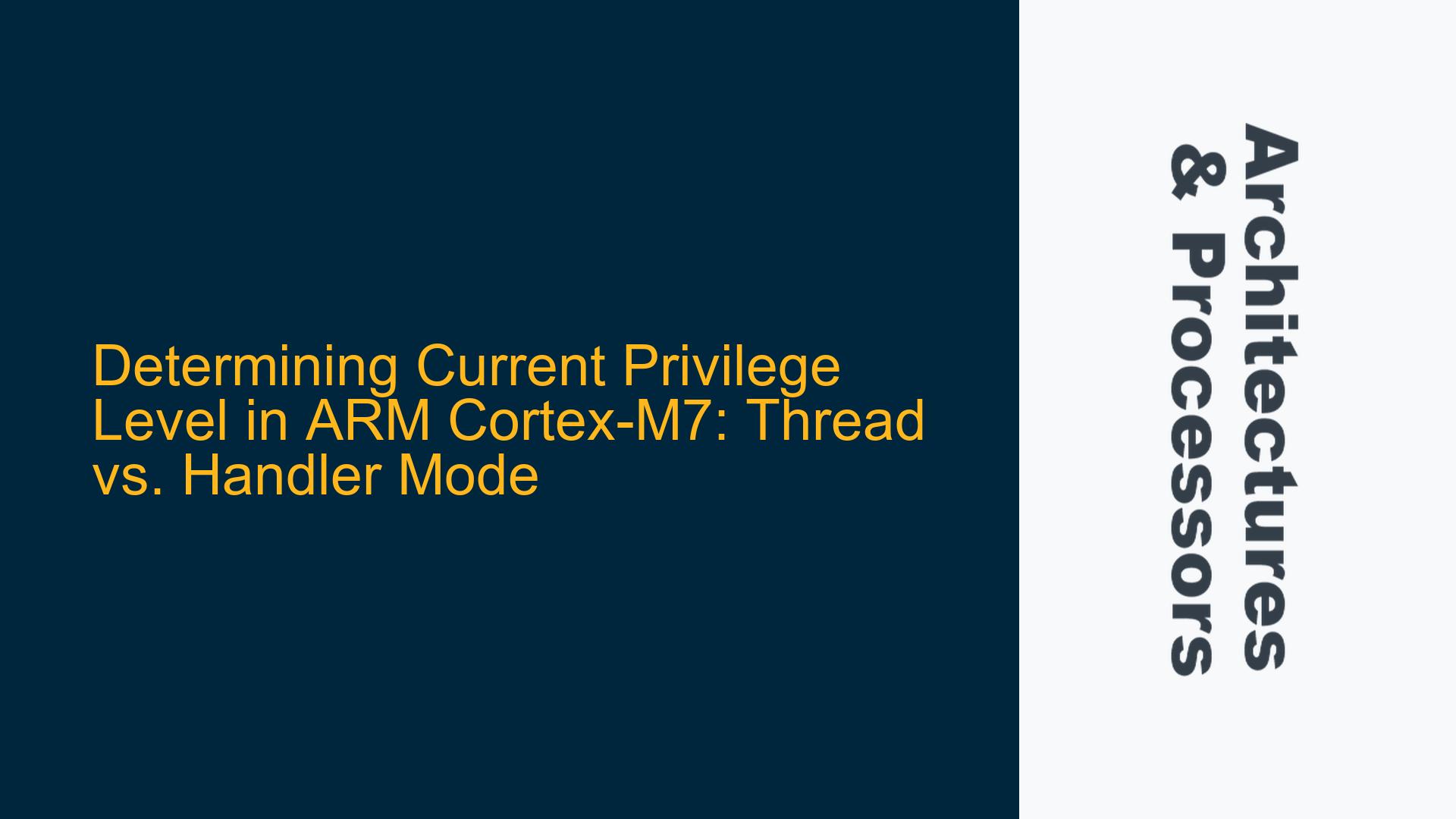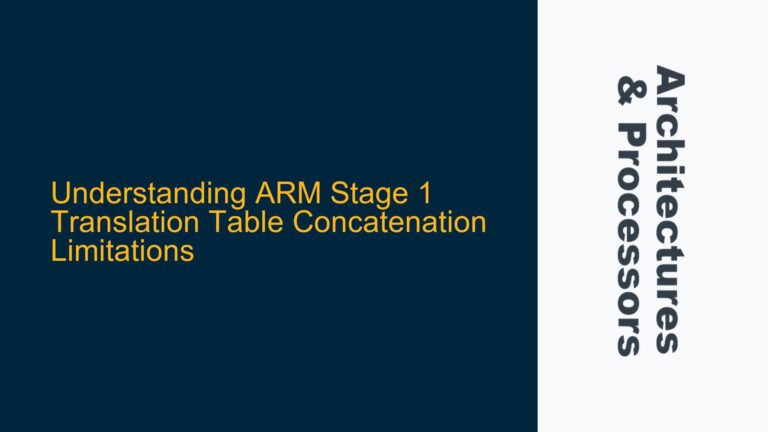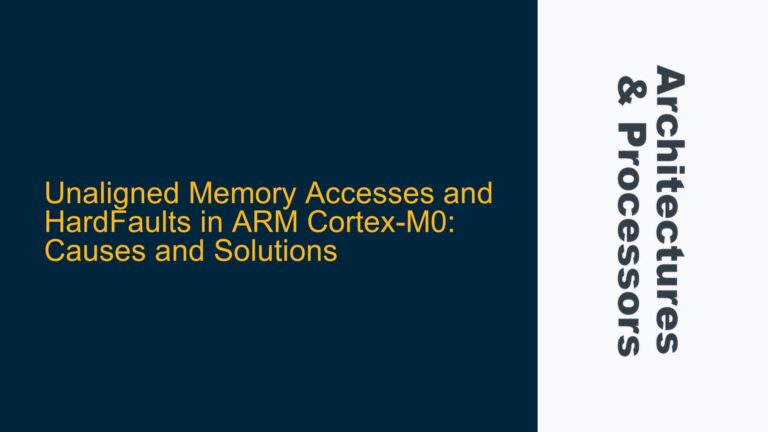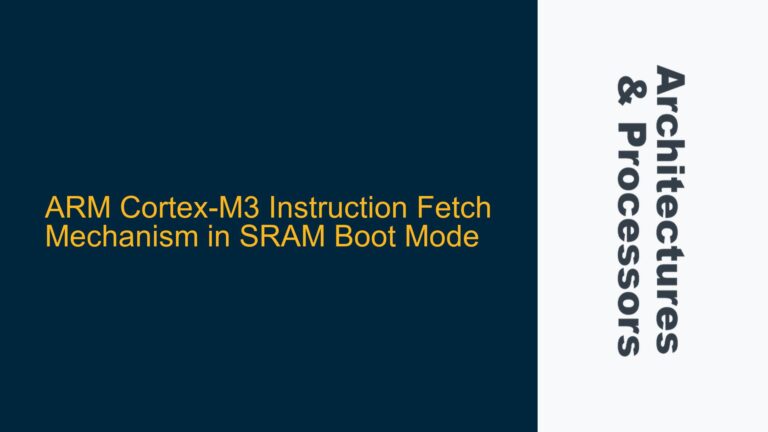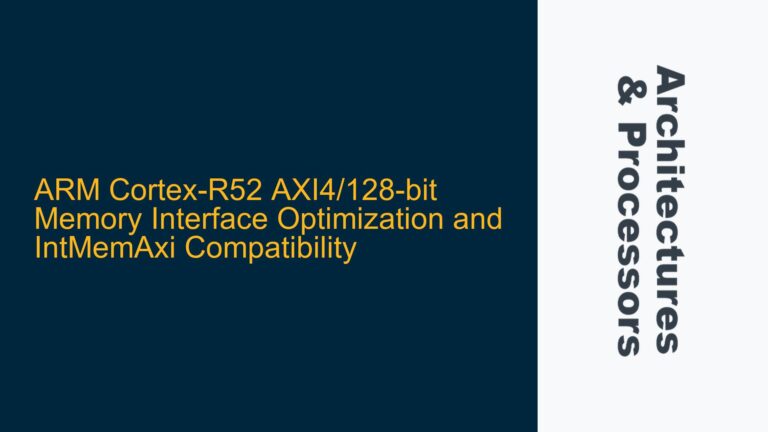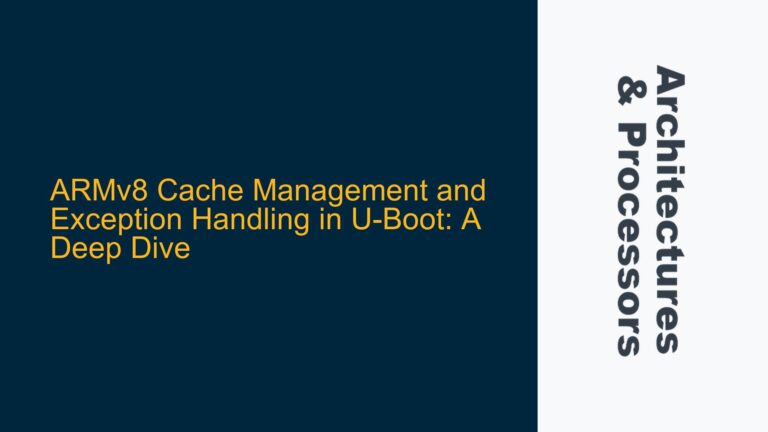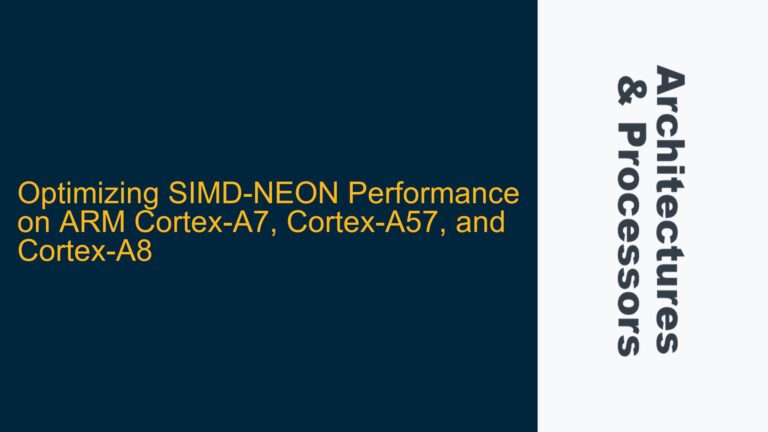ARM Cortex-M7 Privilege Level Determination in Thread and Handler Modes
The ARM Cortex-M7 processor, like other Cortex-M series processors, operates in two primary modes: Thread mode and Handler mode. Thread mode is used for executing application code, while Handler mode is entered when an exception or interrupt occurs. Each mode can operate at different privilege levels: privileged or unprivileged. Privileged mode allows full access to the processor’s resources, including special registers and system control functions, while unprivileged mode restricts access to certain critical resources for security and stability reasons.
A common challenge in embedded systems development is determining the current privilege level of the processor, especially when writing code that needs to function correctly in both Thread and Handler modes. This is particularly important in real-time operating systems (RTOS) where tasks may run in unprivileged mode, but certain operations (e.g., accessing the BASEPRI register) require privileged access. The problem is compounded by the fact that the CONTROL register, which indicates the privilege level in Thread mode, does not provide this information in Handler mode.
This guide will explore the intricacies of privilege level determination in the ARM Cortex-M7, addressing the challenges of accessing the CONTROL register in unprivileged mode and providing a robust solution for determining the privilege level in both Thread and Handler modes.
Accessing the CONTROL Register in Unprivileged Mode and Handler Mode Limitations
The CONTROL register in the ARM Cortex-M7 is a key register for managing the processor’s privilege level and stack selection. Bit 0 of the CONTROL register, known as the nPRIV bit, determines the privilege level in Thread mode:
- If
nPRIVis 0, the processor is running in privileged mode. - If
nPRIVis 1, the processor is running in unprivileged mode.
However, there are two critical issues with relying solely on the CONTROL register for privilege level determination:
-
Accessing the CONTROL Register in Unprivileged Mode:
A common misconception is that unprivileged code cannot access theCONTROLregister. However, according to the ARM Cortex-M7 programming manual, theCONTROLregister can be read in both privileged and unprivileged modes. This means that unprivileged code can still inspect thenPRIVbit to determine its privilege level. The restriction applies only to writing theCONTROLregister, which requires privileged access. -
Handler Mode Privilege Level:
In Handler mode, thenPRIVbit in theCONTROLregister does not reflect the current privilege level. Handler mode is always privileged, regardless of thenPRIVbit’s state. This is because exceptions and interrupts are critical operations that require full access to the processor’s resources. If an interrupt occurs while the processor is in unprivileged Thread mode, thenPRIVbit will still be set to 1, but the processor will be operating in privileged Handler mode. This creates a discrepancy when using theCONTROLregister alone to determine the privilege level.
To address these issues, a more comprehensive approach is required, combining information from both the CONTROL register and the Interrupt Program Status Register (IPSR).
Combining IPSR and CONTROL Register for Robust Privilege Level Detection
The Interrupt Program Status Register (IPSR) is part of the Program Status Register (xPSR) and provides information about the currently executing exception or interrupt. The lower 9 bits of the IPSR contain the exception number, which can be used to determine whether the processor is in Handler mode or Thread mode:
- If the IPSR value is greater than 0, the processor is in Handler mode (and thus privileged).
- If the IPSR value is 0, the processor is in Thread mode, and the privilege level can be determined by examining the
nPRIVbit in theCONTROLregister.
By combining the information from the IPSR and the CONTROL register, we can create a robust function to determine the current privilege level in both Thread and Handler modes. Here is an example implementation using CMSIS Core functions:
#include "core_cm7.h"
bool IsPrivilegedMode(void) {
// Check if in Handler mode (IPSR > 0)
if (__get_IPSR() > 0) {
return true; // Handler mode is always privileged
}
// In Thread mode, check the nPRIV bit in the CONTROL register
return ((__get_CONTROL() & CONTROL_nPRIV_Msk) == 0);
}
Explanation of the Code:
-
__get_IPSR():
This CMSIS Core function reads the value of the IPSR. If the value is greater than 0, the processor is in Handler mode, and the function immediately returnstruebecause Handler mode is always privileged. -
__get_CONTROL():
This CMSIS Core function reads the value of theCONTROLregister. TheCONTROL_nPRIV_Mskmask is used to isolate thenPRIVbit. If thenPRIVbit is 0, the processor is in privileged Thread mode, and the function returnstrue. If thenPRIVbit is 1, the processor is in unprivileged Thread mode, and the function returnsfalse.
Key Considerations:
- Performance:
The function is lightweight and uses only two register reads, making it suitable for real-time applications. - Portability:
The code is written using CMSIS Core functions, ensuring compatibility across different ARM Cortex-M processors. - Safety:
The function handles both Thread and Handler modes correctly, ensuring that privilege level determination is accurate in all scenarios.
Practical Use Cases:
-
RTOS Task Management:
In an RTOS, tasks may run in unprivileged mode for security reasons. However, certain operations (e.g., accessing hardware resources) may require privileged access. TheIsPrivilegedModefunction can be used to determine whether a task needs to escalate its privilege level via an SVC call. -
Debugging and Diagnostics:
During debugging, it may be necessary to log the privilege level of the processor at various points in the code. TheIsPrivilegedModefunction can be used to provide this information. -
Security-Critical Applications:
In security-critical applications, it is essential to ensure that sensitive operations are performed only in privileged mode. TheIsPrivilegedModefunction can be used to enforce this requirement.
Advanced Topics:
-
Memory Protection Unit (MPU) Configuration:
The privilege level affects the behavior of the MPU, which is used to enforce memory access rules. Understanding the current privilege level is crucial when configuring the MPU. -
Stack Selection:
TheCONTROLregister also controls the stack pointer selection (MSP or PSP). TheIsPrivilegedModefunction can be extended to include stack pointer information if needed. -
Exception Handling:
In complex systems, it may be necessary to determine the privilege level during exception handling. TheIsPrivilegedModefunction can be integrated into exception handlers to ensure proper behavior.
Conclusion:
Determining the current privilege level in the ARM Cortex-M7 requires a combination of the CONTROL register and the IPSR. By leveraging these registers, developers can create robust and portable code that functions correctly in both Thread and Handler modes. The provided IsPrivilegedMode function is a practical solution that can be used in a wide range of applications, from RTOS task management to security-critical systems. Understanding the nuances of privilege level determination is essential for developing reliable and secure embedded systems on the ARM Cortex-M7 platform.
